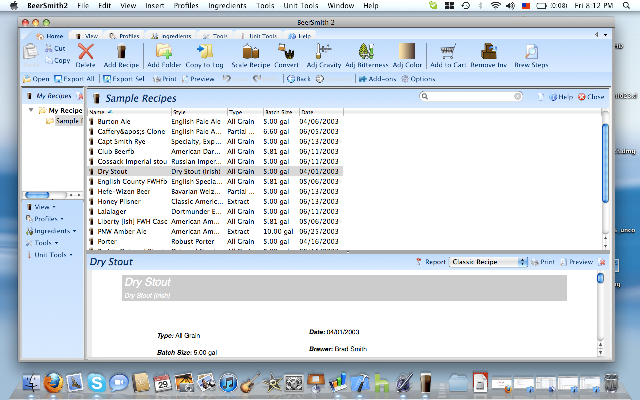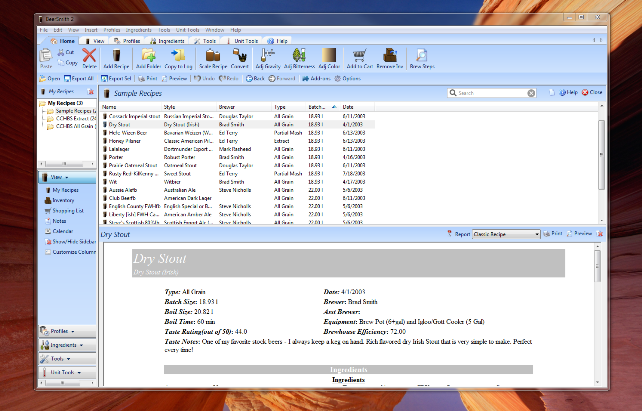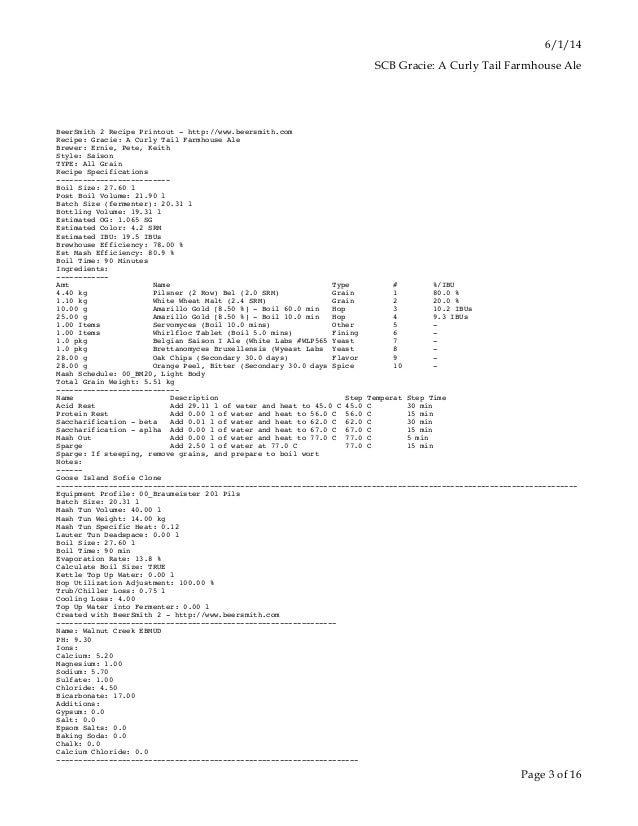



If you know your system parameters add those to fine-tune your results, otherwise leave the defaults in the BIAB Calculator.

Boil Time - Total time to boil the wort based on your recipe.Mash Temperature - The temperature you intend to target for your infusion mash (153 F / 67 C by default).Batch Size - Total beer you intend to put into the fermenter.Grain Temperature - Take the temperature of your dry grain on brew day to aid in hitting your intended mash temperature.Do not include weights for sugars and other non-grain adjuncts in this value. Grain Bill- Total weight of the grains in your recipe.Plug recipe values into tool the BIAB calculator. Create your beer recipe or find a recipe from a website like Brewer's Friend.


 0 kommentar(er)
0 kommentar(er)
